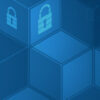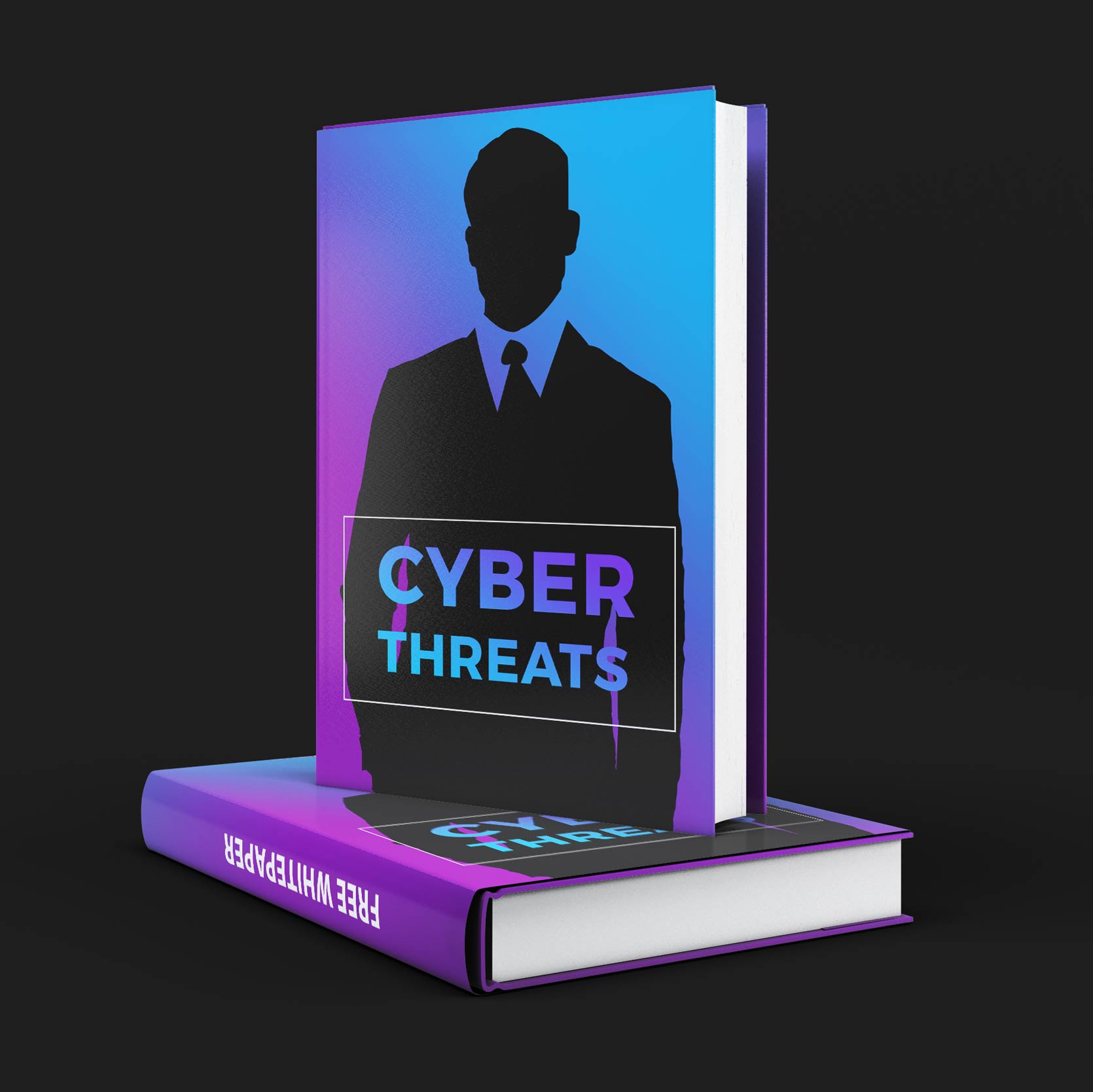
Spotlight
Top Categories
Featured

The C-I-A: An Agent for Cybersecurity
CYBERSECURITY Ervin Daniels todayJanuary 11, 2023 67

When people hear or see the letters CIA, they think of the U.S. Federal Government’s Central Intelligence Agency – CIA. However, those same three letters represent Confidentiality, Integrity, and Availability in Cybersecurity.
In comparison, the Central Intelligence Agency serves and protects the U.S. Federal Government and the President. In contrast, the letters C-I-A serves as the core building blocks for Cybersecurity, aka the C-I-A triad.
The C-I-A triad is a security model that forms the foundation for developing technical security controls for data, applications, and systems, developing administrative security controls, and physical security controls. Businesses should have confidentiality, integrity, and availability principles in place when it


Why is C-I-A triad Important?
The C-I-A triad plays a crucial role in keeping your data safe and secure against growing threats and cyber-attacks. Organizations use it as a guide in efforts to build a comprehensive Cybersecurity program.
Cybersecurity is critical because security measures prevent the disclosure of sensitive information and protect the integrity of networks, programs, and data against unauthorized modification, tampering, or incorrect information.
Without the security protection, the businesses run the risks of not just a cyber-attack, but the negative impact can also cause businesses to have the following:
- Business Disruption
- Loss of intellectual property
- Loss of market share or brand value
- Financial loses
- Fines or monetary penalties for breaking regulatory & compliance
regulations
Organizations must ensure that they meet three security principles to reduce the risk of hacks and security incidents. The C-I-A triad Is the standard guideline businesses are trying to achieve. So, let’s briefly provide examples of these security principles.
Principle #1 Confidentiality:
Confidentiality is the assurance of non-disclosure of information to unauthorized entities. It ensures that only authorized entities (people, user accounts, processes, devices) access the sensitive resource for the right reasons. Businesses want to keep their sensitive data a secret and hidden from hackers; this also includes organizations that want to protect their intellectual property from leaking out to the wrong people. One of the most common technical security controls that achieve confidentiality is encryption. Encryption is a procedure used in
cryptography to convert and scramble “plain readable text” into “cipher unreadable text.” This conversion helps protect the confidentiality of the digital data either stored on computer systems or transmitted through a network like the internet.
Principle #2 Integrity:
Businesses want consistent and accurate information from their data and systems. Integrity is the assurance that only authorized entities using authorized channels can read, write, modify, or destroy any information. It’s the assurance that unauthorized entities have not changed information. It protects against improper information modification or intentional or accidental destruction. One of the standard technical controls that achieve Integrity is called hashing. It’s a method of applying a cryptographic hash function to the input data. It calculates a unique output called a digest. It’s a form of integrity check.
In other words, this means ensuring that information is processed correctly and not modified by unauthorized persons and protecting data as it traverses a network.
Principle #3 Availability:
Availability is the assurance that the data, application, or IT system is accessible and usable upon demand by an authorized person. Businesses want to ensure they can access their information at any time. Availability helps protect critical systems from going down or becoming unavailable. In other words, having availability ensures that data, applications, and systems are up and running so that authorized persons and functions can use them when needed. Businesses can ensure availability by implementing technical controls to backup & recovery capabilities and designing systems with high availability (HA), clustering, or hard-drive redundancies with RAID implementation. Businesses must ensure that systems have fail-over systems on standby that are ready to keep the systems running for the company. In other words, if there’s a system crash, data is stolen or damaged, or a workspace outage, Business Continuity &; Disaster Recovery capabilities are in place to recover and restore the lost or damaged data.
Conclusion
Businesses need applications, data, and systems to work for the right people at the right time. Businesses must be familiar with the C-I-A triad and understand each core security principle. The levels of security required to accomplish these principles differ per company because each organization has its combination of business and security goals and requirements. Each organization must evaluate its unique security vulnerabilities, risk, and threats against one or more triad components. Overall, we want our highly sensitive information to be confidential, we want it to be accurate, intact, and we want it to be available, functional, and usable.
Now you know that the letters CIA stand for more than the Central Intelligence Agency. The C-I-A triad is as vital as the CIA, which serves and protects the U.S. and its citizens.
Cybersecurity Architect with over 25 years of Technology and Security leadership and hands-on experience across various industries (retail, public, financial services, and technology).
Written by: Ervin Daniels
About the author
Ervin Daniels
Cybersecurity Architect with over 25 years of Technology and Security leadership and hands-on experience across various industries (retail, public, financial services, and technology).
Previous post


CYBERSECURITY Ervin Daniels
Cybersecurity Jobs: A Workforce Shortage
Ervin Daniels Cybersecurity Architect with over 25 years of Technology and Security leadership and hands-on experience across various industries (retail, public, financial services, and technology).
Similar posts




©2020 Ervin Daniels. Designed By Tru Brand Media Disclaimer: Opinions expressed are solely my own and do not express the views or opinions of IBM.







Post comments (0)